Everyday Toxins Hiding in Your Home Secretly Sabotaging Your Hormones
You light the candle. You spray the cleaner. You lather on the lotion. It all feels healthy, clean, maybe even luxurious. But behind the pleasant scents and “eco-friendly” packaging, many everyday products are loaded with chemicals that quietly sabotage your hormones. These are endocrine disruptors—substances that mimic, block, or distort your body’s natural signals, wreaking havoc on sleep, mood, metabolism, fertility, and more. And they’re not rare. They’re in your shampoo, your laundry detergent, your receipts. That’s why we’ve expanded our guide to 22 specific toxins you need to watch out for—culprits hiding in plain sight, affecting your well-being in ways you can’t always see. This isn’t about panic—it’s about power. When you understand what you’re bringing into your home, you can begin swapping the saboteurs for cleaner, safer choices. Because true wellness doesn’t just come from within—it starts with the space around you. Let’s clean house, the smart way.
1. Phthalates: The Fragrance Frauds
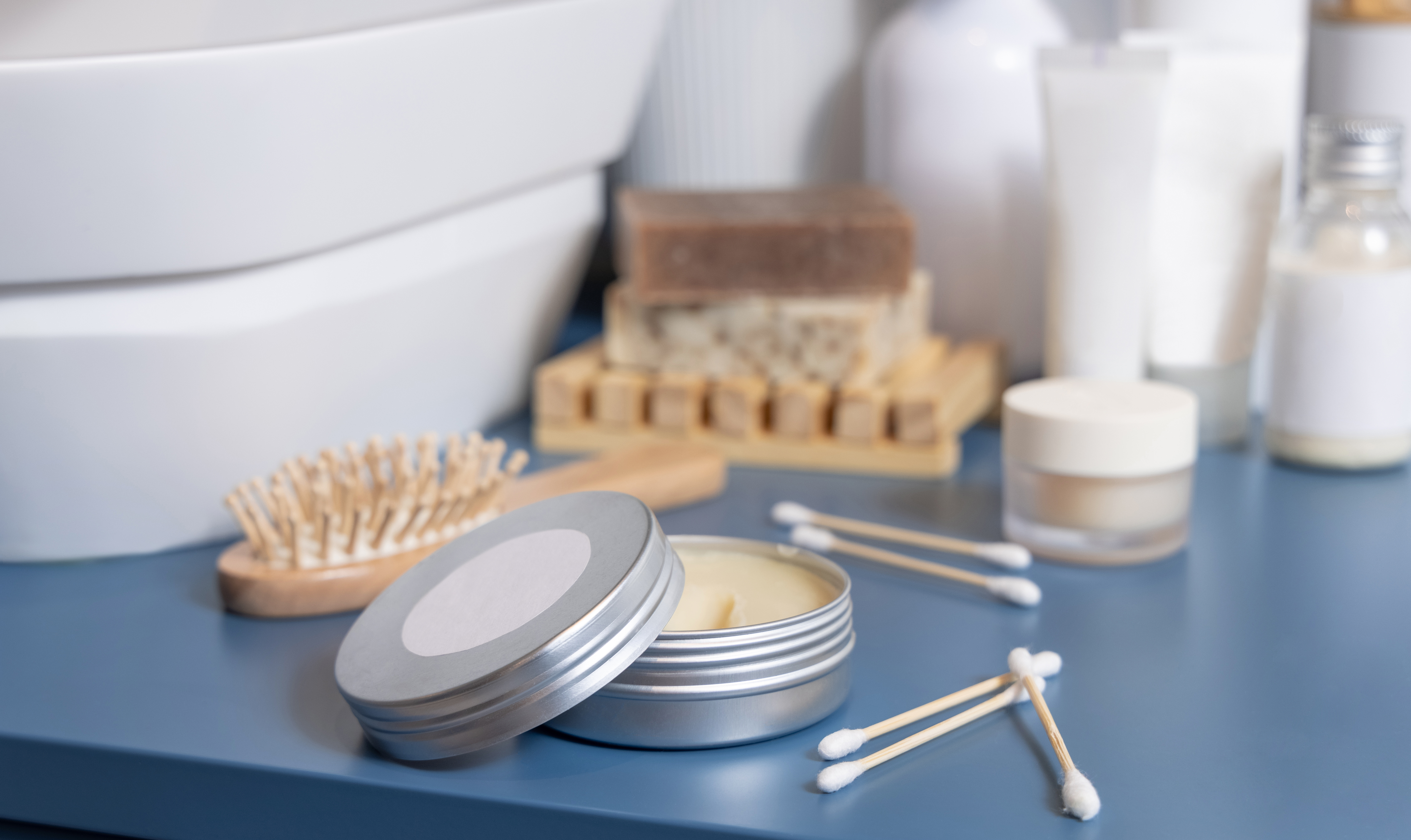
Phthalates are a group of chemicals commonly used to make plastics more flexible and are often found in products like cosmetics, personal care items, and even household cleaners. These compounds are notorious for their ability to mimic hormones, particularly estrogen, and can lead to disruptions in reproductive health and development. Despite their widespread use, the dangers of phthalates are often masked by appealing fragrances and attractive packaging. By understanding the sources of phthalates and opting for phthalate-free products, you can significantly reduce your exposure to these deceptive fragrance frauds.
2. Bisphenol A (BPA): The Plastic Predator
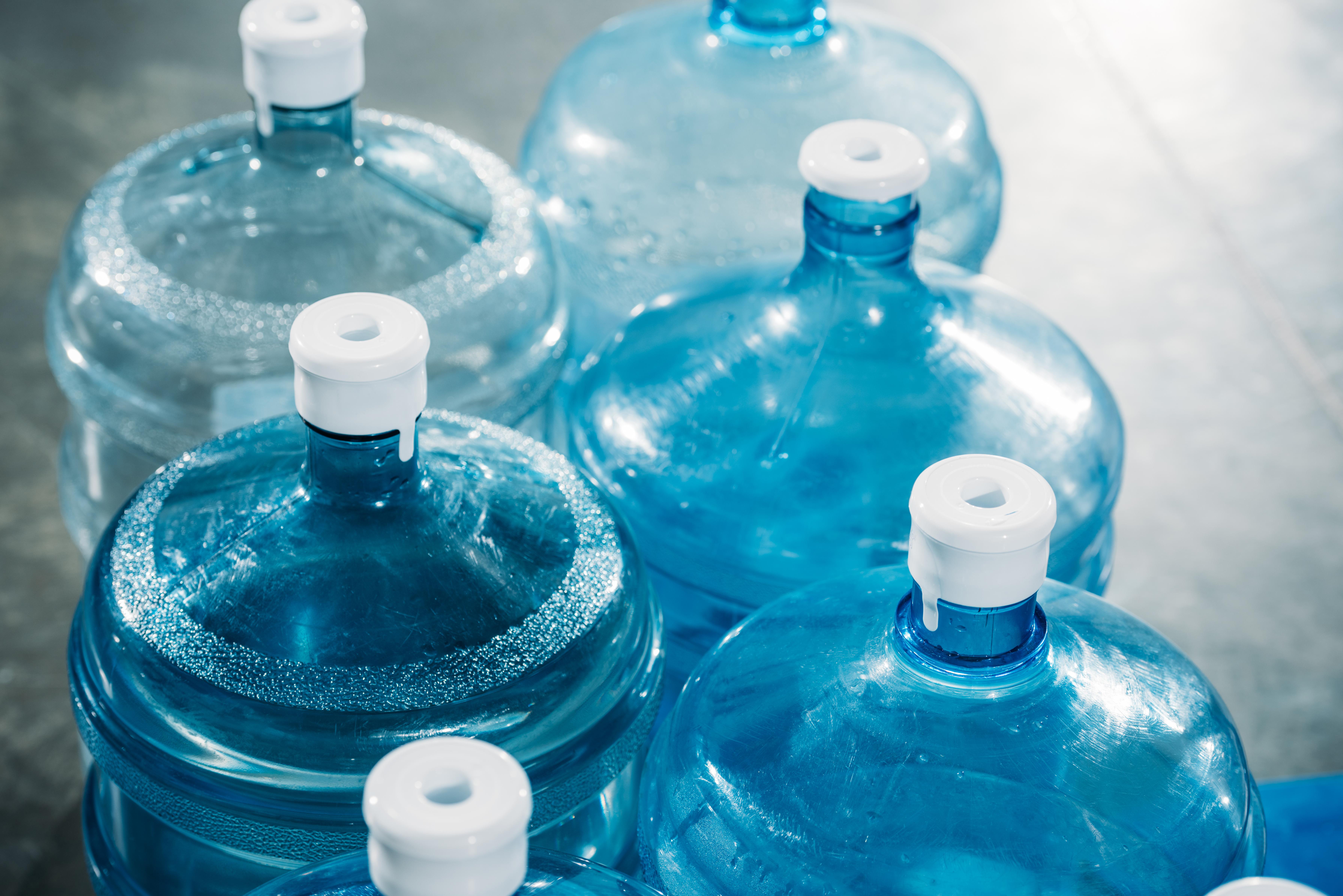
Bisphenol A, or BPA, is a chemical used in the production of polycarbonate plastics and epoxy resins, commonly found in water bottles, food containers, and even the linings of canned goods. This pervasive toxin is an endocrine disruptor that can mimic estrogen, leading to potential reproductive issues and increased risk of certain cancers. The insidious nature of BPA lies in its ability to leach into food and beverages, especially when containers are heated. By choosing BPA-free products and reducing the use of plastic containers, you can protect your hormonal balance from this plastic predator.
3. Parabens: The Preservative Perils
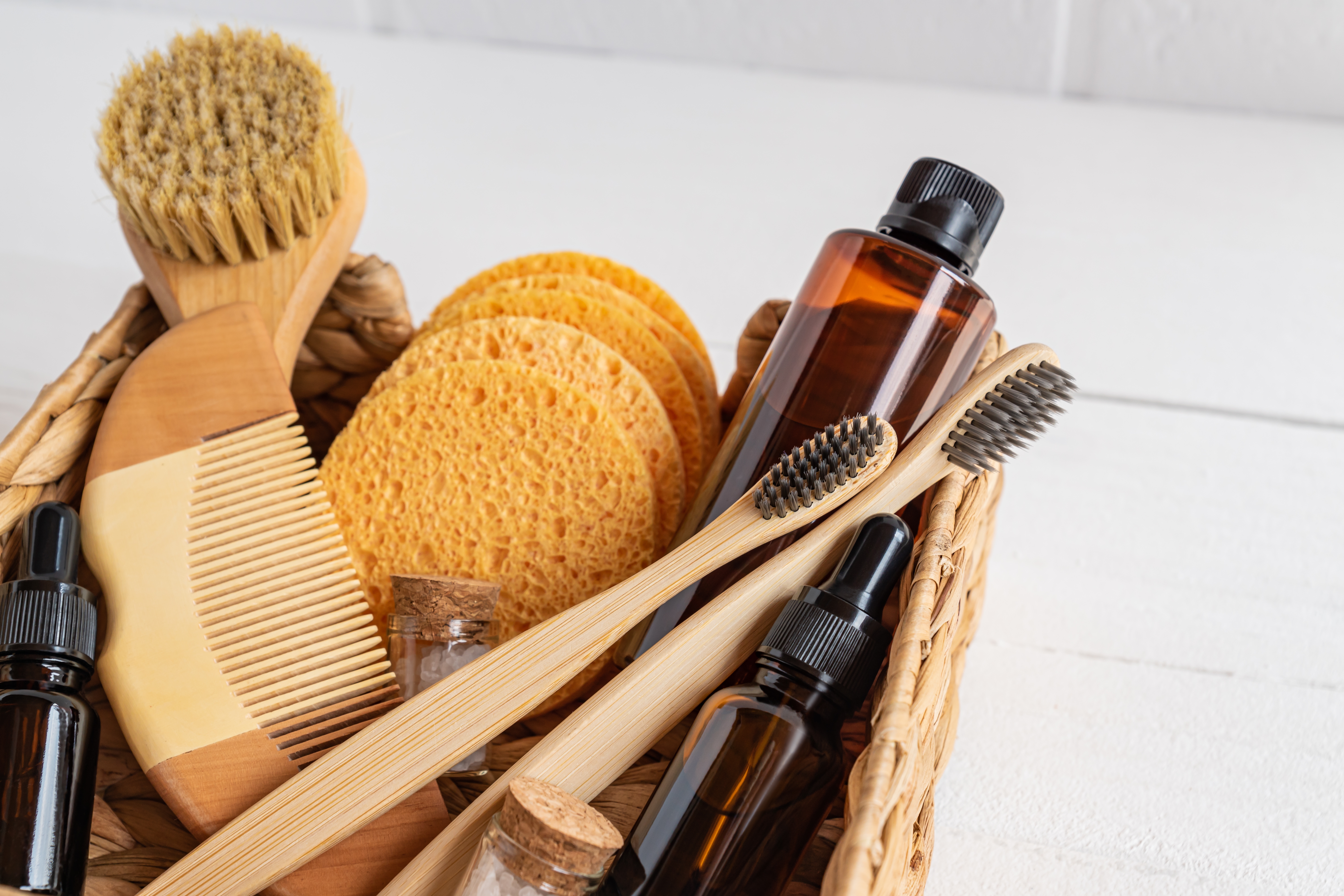
Parabens are widely used as preservatives in cosmetics, personal care products, and even some food items to prevent the growth of harmful bacteria and mold. However, these chemicals can penetrate the skin and act as endocrine disruptors, mimicking estrogen and potentially contributing to hormonal imbalances and breast cancer risk. While their presence ensures product longevity, the health trade-off is significant. By opting for paraben-free alternatives and scrutinizing ingredient labels, you can minimize your exposure to these preservative perils and safeguard your hormonal health.
4. Perfluorinated Chemicals (PFCs): The Non-Stick Nemesis

Perfluorinated chemicals, or PFCs, are used to create non-stick, stain-resistant, and waterproof surfaces in products like cookware, clothing, and carpets. While they provide convenience, PFCs are persistent in the environment and can accumulate in the human body over time. These chemicals have been linked to thyroid disruption, developmental issues, and immune system impairment. The non-stick allure of PFCs often overshadows their toxic potential. By choosing alternatives such as cast iron or stainless steel cookware and avoiding stain-resistant treatments, you can reduce your exposure to these non-stick nemeses.
5. Formaldehyde: The Furniture Foe

Formaldehyde is a volatile organic compound (VOC) used in the manufacturing of building materials and household products, including pressed-wood furniture, some fabrics, and adhesives. Known for its preservative and antibacterial properties, formaldehyde can off-gas into indoor air, leading to potential respiratory issues and endocrine disruption. The insidious presence of formaldehyde in our homes is often undetected until symptoms arise. By opting for formaldehyde-free furniture and ensuring proper ventilation, you can mitigate the risks posed by this ubiquitous furniture foe.
6. Triclosan: The Antibacterial Assassin

Triclosan is an antimicrobial agent found in a variety of consumer products, including soaps, toothpaste, and cleaning supplies. While it is marketed for its bacteria-fighting prowess, triclosan is a known endocrine disruptor that can interfere with thyroid function and contribute to antibiotic resistance. The pervasive use of triclosan in everyday items often masks its potential harm. By choosing triclosan-free products and embracing simple hygiene practices, you can protect your hormonal health from this antibacterial assassin.
7. Polybrominated Diphenyl Ethers (PBDEs): The Flame Retardant Fiends

Polybrominated diphenyl ethers, or PBDEs, are chemicals used as flame retardants in a variety of household items, including furniture, electronics, and textiles. While they aim to enhance fire safety, PBDEs can leach into the environment and accumulate in human tissue, disrupting thyroid hormones and affecting brain development. The fire-resistant benefits of PBDEs often overshadow their toxic potential. By choosing products labeled as PBDE-free and practicing regular dusting and vacuuming, you can minimize exposure to these flame retardant fiends.
8. Organophosphate Pesticides: The Produce Predators

Organophosphate pesticides are widely used in agriculture to protect crops from pests. However, their residues can linger on produce, posing risks to human health. These chemicals are known to interfere with the nervous system and can disrupt hormonal balance, particularly in children. The convenience of pesticide use in agriculture often belies the potential health hazards. By opting for organic produce and thoroughly washing fruits and vegetables, you can reduce your exposure to these produce predators and support a healthier hormonal environment.
9. Heavy Metals: The Undetected Underminers
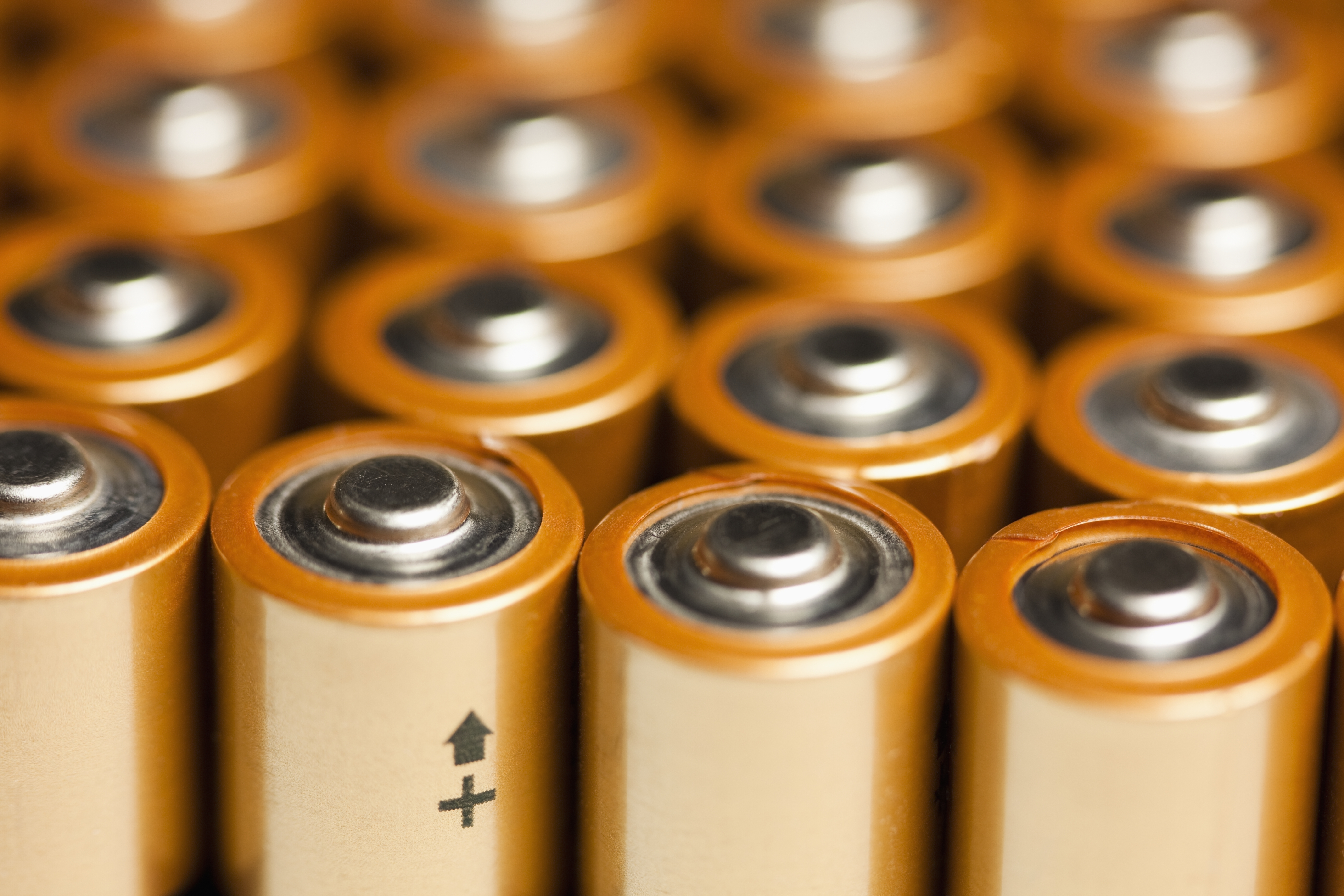
Heavy metals such as lead, mercury, and cadmium can be found in various household items, including paint, batteries, and plumbing materials. These metals are notorious for their ability to disrupt endocrine function and contribute to neurological and developmental issues. The insidious nature of heavy metals often goes unnoticed until health problems arise. By ensuring your home is free from lead-based paints, using water filters, and properly disposing of batteries, you can protect your family from these undetected underminers.
10. Volatile Organic Compounds (VOCs): The Airborne Adversaries

Volatile organic compounds are emitted as gases from certain solids or liquids, including paints, cleaning supplies, and air fresheners. These compounds can contribute to indoor air pollution and have been linked to respiratory issues and hormonal disruptions. The appeal of a freshly painted room or a fragrant home often masks the health risks posed by VOCs. By choosing low-VOC or VOC-free products and ensuring proper ventilation, you can minimize exposure to these airborne adversaries and create a healthier home environment.
11. Artificial Fragrances: The Scented Saboteurs

Artificial fragrances are ubiquitous in personal care products, cleaning supplies, and air fresheners, often containing a cocktail of undisclosed chemicals. These fragrances can act as endocrine disruptors, interfering with hormone function and triggering allergic reactions. The allure of a pleasant scent often disguises the potential harm of these synthetic compounds. By opting for fragrance-free or naturally scented products, you can reduce your exposure to these scented saboteurs and promote a more harmonious hormonal balance.
12. Chlorine and Chloramines: The Water Woes
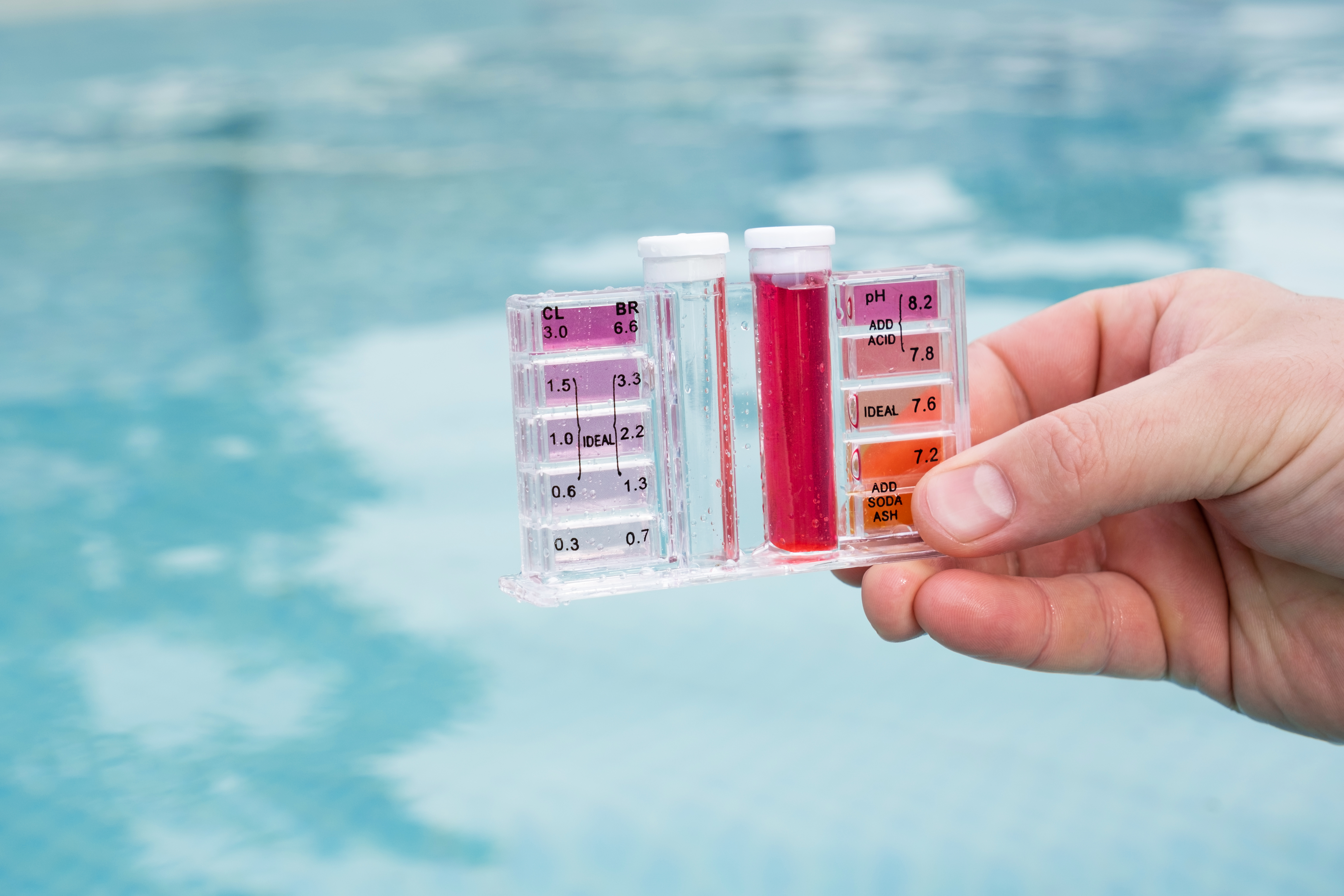
Chlorine and chloramines are commonly used to disinfect municipal water supplies, ensuring safe drinking water. However, these chemicals can react with organic matter to form harmful byproducts that disrupt endocrine function. The necessity of water disinfection often overshadows the potential health risks. By using water filters that remove chlorine and its byproducts, you can protect your family's hormonal health from these water woes while still enjoying clean, safe drinking water.
13. Oxybenzone: The Sunscreen Saboteur
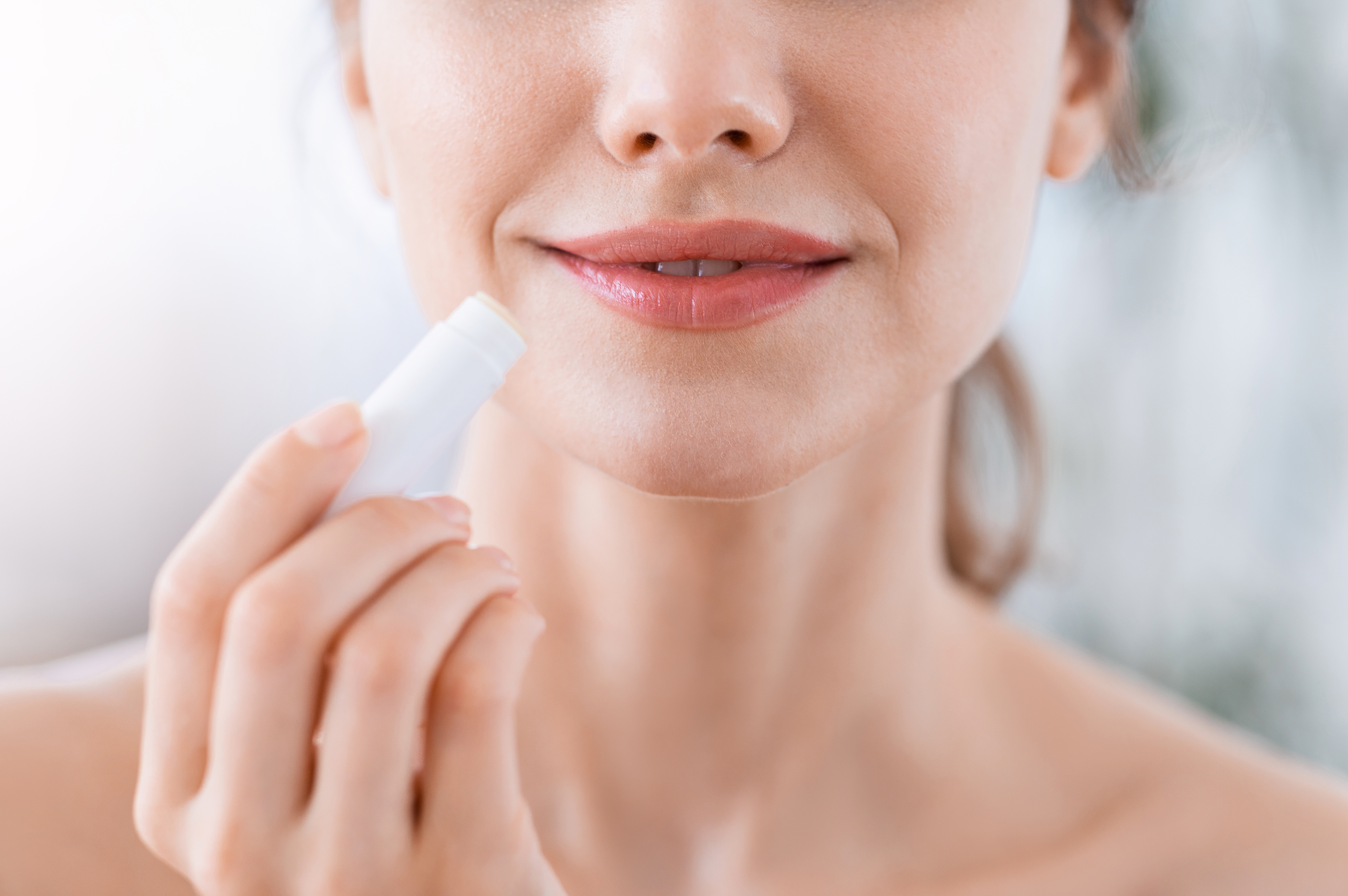
Oxybenzone is a chemical commonly found in conventional sunscreens, lip balms, and skincare products marketed for UV protection. But while it blocks sunburn, it may also block hormonal harmony. This compound is easily absorbed through the skin and has been linked to estrogen disruption, lower testosterone levels, and potential thyroid interference. It’s even been detected in blood, urine, and breast milk. Worse, it’s harmful to coral reefs—raising ethical concerns as well. For safer sun protection, choose mineral-based sunscreens with zinc oxide or titanium dioxide. Protect your skin and your hormones without sacrificing health for SPF.
14. Synthetic Musks: The Lingering Lurkers

Synthetic musks—like galaxolide and tonalide—are found in laundry detergents, air fresheners, body sprays, and perfumes. These chemicals are designed to stick around, and unfortunately, they do—building up in fat tissue and even breast milk. They’ve been linked to hormone disruption, especially affecting estrogen receptors and endocrine-sensitive tissues. Because they’re often labeled under vague terms like “fragrance,” they can be hard to spot. Opt for fragrance-free or transparently scented products using essential oils. A clean scent shouldn't come with hormonal confusion—and these lurkers are anything but harmless background noise.
15. BHT (Butylated Hydroxytoluene): The Sneaky Stabilizer

BHT is a synthetic antioxidant used to extend shelf life in packaged foods, cosmetics, and even cereals. While it prevents fats from going rancid, it may also tamper with your endocrine system. Research has linked BHT to thyroid hormone disruption and developmental toxicity. The tricky part? It hides in processed snacks, chewing gum, and skincare—often without much warning. Look for whole food alternatives and products labeled BHT-free. Preservatives shouldn’t preserve products at the cost of your hormonal well-being. A longer shelf life isn’t worth a shorter hormonal fuse.
16. Atrazine: The Tapwater Threat

Atrazine is a widely used herbicide, particularly in corn crops, and often ends up in groundwater and tap water supplies. This chemical is a known endocrine disruptor, linked to suppressed testosterone levels and reproductive abnormalities—especially in men. Studies have shown its potential to “feminize” male frogs, raising alarm bells for its impact on human hormone health. Because it's hard to detect, your best defense is a high-quality water filter specifically designed to remove pesticides. Clean drinking water shouldn’t come with hormonal consequences—and atrazine is one toxin worth filtering out.
17. Benzophenone: The UV Blocker in Disguise

Benzophenone and its derivatives (like BP-3 or BP-4) are used in everything from sunscreen and lotions to packaging inks and nail polish. These chemicals are designed to prevent UV damage—but they may also interfere with hormone signaling, especially estrogen pathways. Benzophenones are easily absorbed through the skin and have been linked to developmental and reproductive toxicity. The beauty industry often includes them under vague names, so always read labels closely. Choosing clean, mineral-based sun protection and benzophenone-free products is a smart way to protect both your skin and your endocrine system from this sneaky disruptor.
18. Quaternary Ammonium Compounds (Quats): The Cleaning Culprits

Common in disinfectant sprays, wipes, and fabric softeners, “quats” (like benzalkonium chloride) promise a germ-free home—but they may come with a hormonal cost. These chemicals are linked to fertility issues, thyroid disruption, and even birth defects in animal studies. Worse, they linger on surfaces and in indoor air, making repeated exposure almost unavoidable. They’re often hidden under vague ingredient lists like “antibacterial agent” or “active disinfectant.” To reduce risk, opt for vinegar-based cleaners, essential oil disinfectants, or alcohol-based alternatives. A clean home shouldn’t mean compromised hormones—and these potent quats are anything but harmless helpers.
19. Ethanolamines (DEA, MEA, TEA): The Foam Fakery

Used to create foam and stabilize personal care products like shampoo, body wash, and shaving cream, ethanolamines (diethanolamine, monoethanolamine, triethanolamine) may look luxurious—but beneath the bubbles lies a threat. These compounds can react with other ingredients to form carcinogenic nitrosamines and have been linked to hormonal disruption, especially estrogen imbalance and liver toxicity. Despite their widespread use, they often hide behind abbreviations or get lost in long ingredient lists. For a safer routine, choose products labeled free of DEA, MEA, and TEA. That silky lather isn’t worth a chemical compromise.
20. Styrene: The Takeout Toxin

Styrene is a component of polystyrene, found in foam takeout containers, disposable cups, and even some food packaging. When heated—especially with oily or acidic foods—styrene can leach into your meal. Classified as a possible human carcinogen, it also disrupts hormone function, particularly affecting the thyroid and reproductive system. Even short-term exposure through inhalation or ingestion can trigger endocrine effects. Swap styrofoam for glass, stainless steel, or BPA-free reusable containers. Convenience shouldn't cost you long-term health—and that takeout box might be serving more than dinner.
21. Hydroquinone: The Skin-Lightening Saboteur

Found in skin-lightening creams, spot treatments, and some cosmetics marketed for hyperpigmentation, hydroquinone is banned in several countries—but still available in over-the-counter products in many others. While it may fade dark spots, it can also disrupt the endocrine system, particularly adrenal function. Long-term use has been associated with ochronosis (a skin disorder) and potential carcinogenic effects. Many products using hydroquinone fail to disclose its risks clearly. Opt for alternatives like vitamin C, niacinamide, or azelaic acid if you’re targeting pigmentation. Bright skin should never come at the expense of internal balance.
22. Aluminum Compounds: The Deodorant Disruptors

Aluminum-based compounds are the active ingredients in many antiperspirants, blocking sweat glands to prevent perspiration. But they’re also suspected hormone disruptors, especially in relation to estrogen receptors in breast tissue. Some studies have linked aluminum exposure to altered gene expression and potential risks for breast cancer, though more research is needed. What’s clear: this metal accumulates in the body over time, especially with daily use. Opt for aluminum-free deodorants that neutralize odor without interfering with your body’s natural processes. Because fresh pits shouldn’t come with hormonal fallout.
Clean Living, Clear Signals: Take Back Control of Your Hormones
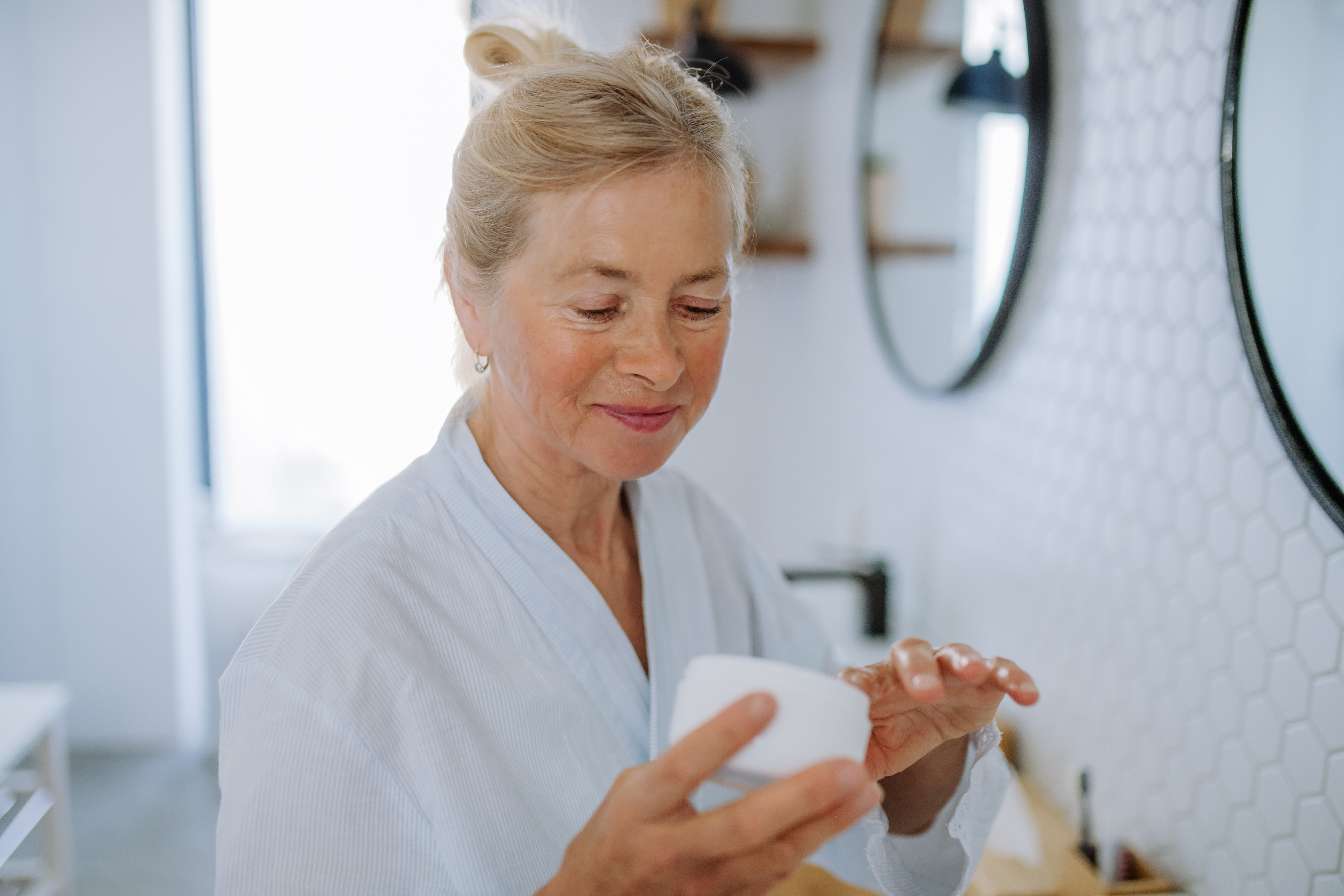
Your home should be your haven—not a hidden battleground for your hormones. Yet from your bathroom shelf to your kitchen drawer, dozens of seemingly harmless products may be quietly disrupting your body’s most delicate systems. These 22 toxins aren’t science fiction—they’re real, research-backed threats that mimic, block, or scramble the signals your hormones work hard to send. But here’s the good news: you have more control than you think. Every label you read, every swap you make, and every ingredient you question is a step toward balance, energy, and long-term health. You don’t need to overhaul everything overnight—just start where you are. Because when you clean up your environment, your body listens. Hormonal health isn’t just about what you eat or how you sleep—it’s also about the air you breathe, the products you trust, and the choices you make daily. Let this be the moment you reclaim your space—and your well-being.